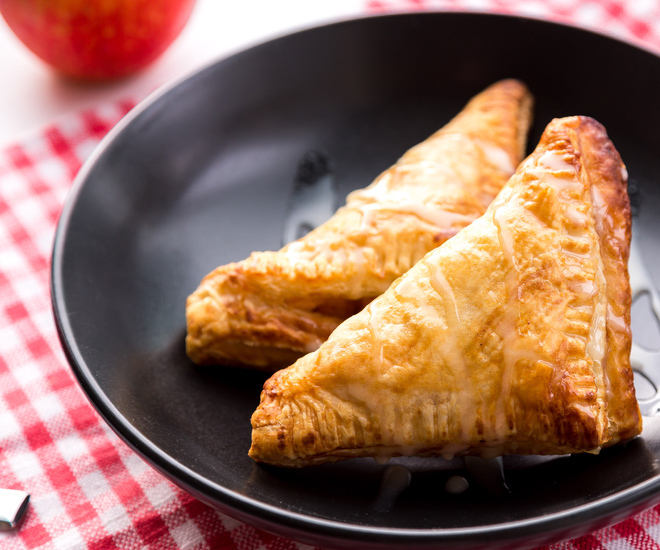

Carnivores in general are poor converters of dietary ionone-containing carotenoids. Animal species differ greatly in their ability to convert retinyl -beta-ionone- containing carotenoids to retinals. All other carotenoids, including lycopene, have no beta-ring and thus no vitamin A activity -although they may have antioxidant activity and thus biological activity in other ways. The carotenes α-carotene and γ-carotene, due to their single retinyl group -β-ionone ring-, also have some vitamin A activity -though less than β-carotene-, as does the xanthophyll carotenoid β-cryptoxanthin.

β-Carotene can be stored in the liver and body fat and converted to retinal as needed, thus making it a form of vitamin A for humans and some other mammals. β-Carotene is composed of two retinyl groups, and is broken down in the mucosa of the human small intestine by β-carotene 15‚15'-monooxygenase to retinal, a form of vitamin A. They also protect plant tissues by helping to absorb the energy from singlet oxygen, an excited form of the oxygen molecule O2 which is formed during photosynthesis. Carotenes contribute to photosynthesis by transmitting the light energy they absorb to chlorophyll. The typical yellow-coloured fat of humans and chickens is a result of fat storage of carotenes from their diets. Omnivorous animal species which are relatively poor converters of coloured dietary carotenoids to colourless retinoids have yellowed-coloured body fat, as a result of the carotenoid retention from the vegetable portion of their diet. They also -in lower concentrations- impart the yellow coloration to milk-fat and butter. Carotenes are also responsible for the orange -but not all of the yellow- colours in dry foliage. Carotenes are responsible for the orange colour of the carrot, for which this class of chemicals is named, and for the colours of many other fruits, vegetables and fungi -for example, sweet potatoes, chanterelle and orange cantaloupe melon. They absorb ultraviolet, violet, and blue light and scatter orange or red light, and -in low concentrations- yellow light. Carotenes are photosynthetic pigments important for photosynthesis. White and yellow dextrins from starch roasted with little or no acid are called British gum.Ĭarotene: The term carotene -also carotin, from the Latin carota, "carrot"- is used for many related unsaturated hydrocarbon substances having the formula C40Hx, which are synthesized by plants but in general cannot be made by animals -with the exception of some aphids and spider mites which acquired the synthesizing genes from fungi. Most of them can be detected with iodine solution, giving a red coloration one distinguishes erythrodextrin -dextrin that colours red- and achrodextrin -giving no colour. Dextrins are white, yellow, or brown powders that are partially or fully water-soluble, yielding optically active solutions of low viscosity. The starch hydrolyses during roasting under acidic conditions, and short-chained starch parts partially rebranch with α-1‚6- bonds to the degraded starch molecule. Dextrins produced by heat are also known as pyrodextrins. The latter process is used industrially, and also occurs on the surface of bread during the baking process, contributing to flavor, color and crispness. Dextrins can be produced from starch using enzymes like amylases, as during digestion in the human body and during malting and mashing, or by applying dry heat under acidic conditions -pyrolysis or roasting. Dextrins are mixtures of polymers of D-glucose units linked by α-1→4- or α-1→6- glycosidic bonds.

Dextrin: Dextrins are a group of low-molecular-weight carbohydrates produced by the hydrolysis of starch or glycogen.


 0 kommentar(er)
0 kommentar(er)
